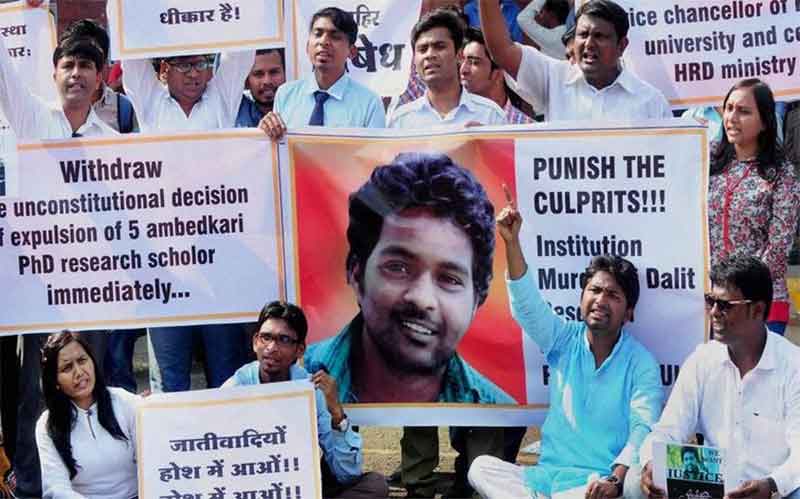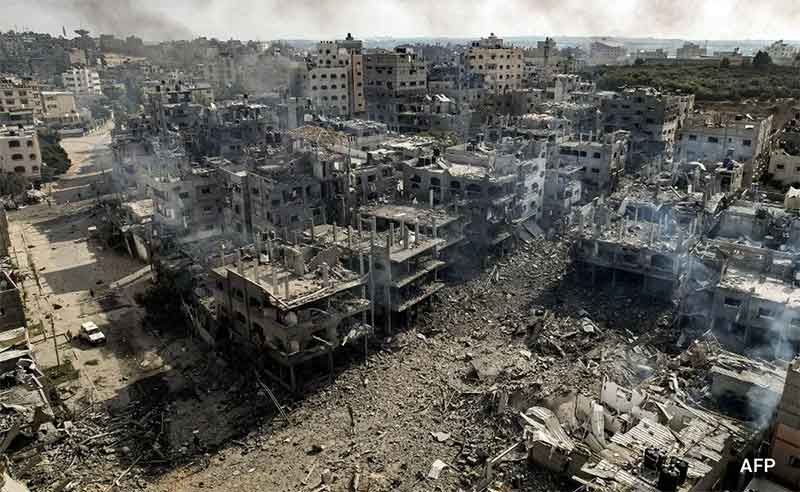
As I write this piece, rainfalls have started along the Konkan coast, and the India Meteorological Department (IMD) has issued a red alert and 33 National Disaster Response Force teams have been deployed in anticipation of Cyclone Nisarga to Mumbai and its neighbouring districts. Nisarga, coming just two weeks after Amphan, is expected to result in a severe cyclonic storm with a windfall of over 100 kilometres per hour.
Cyclone Amphan wreaked massive havoc in the eastern states of the country, and we are yet to recover from that disruption. Thus, another cyclone at this time, in the midst of the coronavirus pandemic which is rather intensified because of the migrant crisis, only a few weeks after the gas leak in Visakhapatnam, does not signal a good time for India. However, in the case of cyclones, India does not seem to have ignored lessons learnt from previous times. The Indian Meteorological Department’s alert systems are more accurate now, and precautions are taken. Nevertheless, as Amphan showed, it still led to a grim situation along the East coast for many days in the aftermath.
One of the most curious points about the formation of Nisarga is that the Arabian Sea has rarely seen such events. The Indian Eastern coast is much more prone to phenomena like cyclones and hurricanes, as has been proven several times. The geographical positioning of the Bay of Bengal further makes the states of West Bengal, Odisha, Jharkhand and Bihar along with the North-Eastern states extremely fragile and prone to harsh climatic events. Floods and cyclones annually lead to devastation in this season. Hence, the West needs to thoughtfully look at and learn from the post-Amphan situation to prepare for the coming days.
Cyclone Amphan, being one of the most destructive cyclones ever formed in the Bay of Bengal, left West Bengal and Odisha extraordinarily devastated this year. The Sunderbans took a major brunt as expected, but the trees could not stop the wrath from reaching till the city of Kolkata and many adjoining areas. At least 85 people are dead, and normal life is paralysed for thousands. The intensity of Amphan was anticipated, but it could not prevent the catastrophe. The warning and predicting systems of the country have massively improved and been extremely helpful. Steps were taken in accordance with it being a Category 5 storm. Evacuation was done, and backup power was arranged. Sturdy buildings were designated as shelters with at least a week’s supply of cooked food. Medical supplies were bolstered. Further, people were warned to stay far from the coasts. However, regular forecasting and the preparatory moves by National and State Disaster Response Force units could only help to an extent.
It is evident that it is the precarious lives led by a significant number of citizens in our country that leads to devastation and shock due to such disasters. People in West Bengal said that they have never seen anything like this before, and people in Maharashtra find themselves on similar grounds. Along with massive destruction to property, numerous power lines and communication towers were damaged by winds during Amphan that went up to 160 kilometres per hour. Amphan turned out to be especially significant because migrants working in other states had been returning to their villages in these states. Their income is already in a dire state, and this added loss is proving to be extremely harmful to them. The loss and damage of life and livelihoods are significant. Those affected by the storm, as well as the associated heavy rains, will need substantial help to pick up their lives again.
It is all the more tragic that the cyclones are striking at a time when COVID-19 is roiling India. With people crammed into makeshift camps, the threat of infections gets magnified. Adhering to hygienic practices, monitoring those requiring medical assistance and testing for the virus is going to be a humongous task for the authorities. The threat due to coronavirus still remains very real. But how are people who witnessed such horrifying scenes, and have little means to survive, be expected to follow distancing rules? The lockdown is posing problems in regions that are normal in terms of weather and climatic conditions. What should we expect in cyclone aftermath? It is probably not even possible to maintain the required distances in the makeshift shelters that have been arranged. People’s houses and livelihoods are flooded- maintaining hygiene and social distance is not on their minds at the moment. It might also end up leading to a spike in the number of COVID-19 cases.
With a vaccine, maybe we will know how to tackle the novel coronavirus, but we need to keep strengthening our institutions and response mechanisms to overcome the never-ending cycle of storms along our coastline.
Shreya Urvashi is a doctoral fellow at Tata Institute of Social Sciences, Mumbai. An alumna of Miranda House and Delhi School of Economics, her academic profile consists of degrees in Physics and Sociology. Her research interests include sociology of higher education, sociology of identity and inequality, and politics.
SIGN UP FOR COUNTERCURRENTS DAILY NEWS LETTER










































